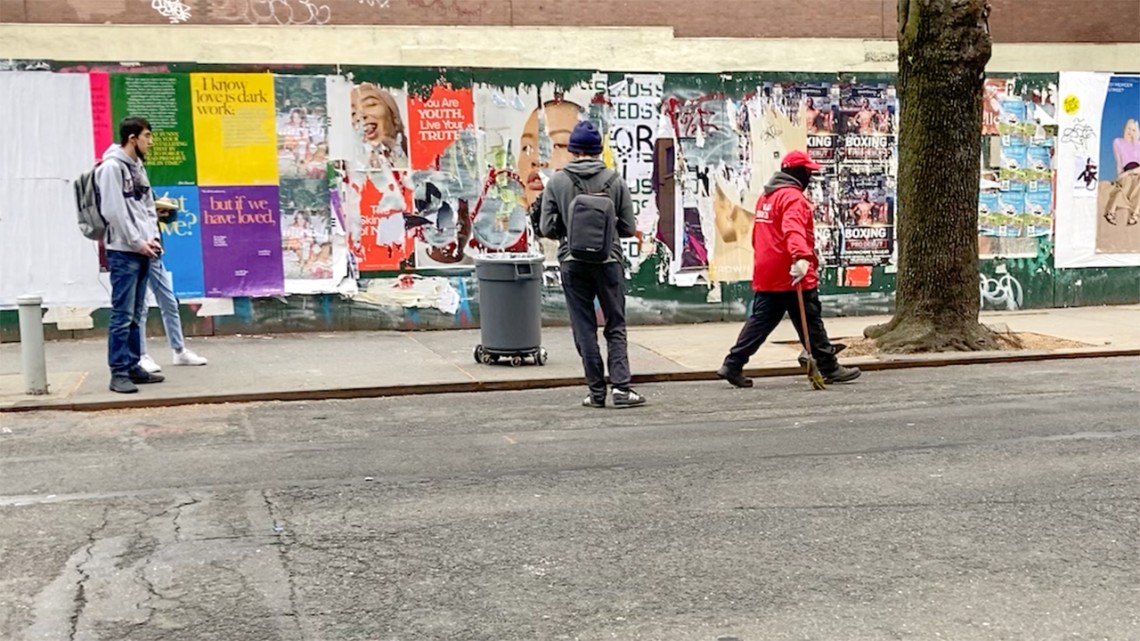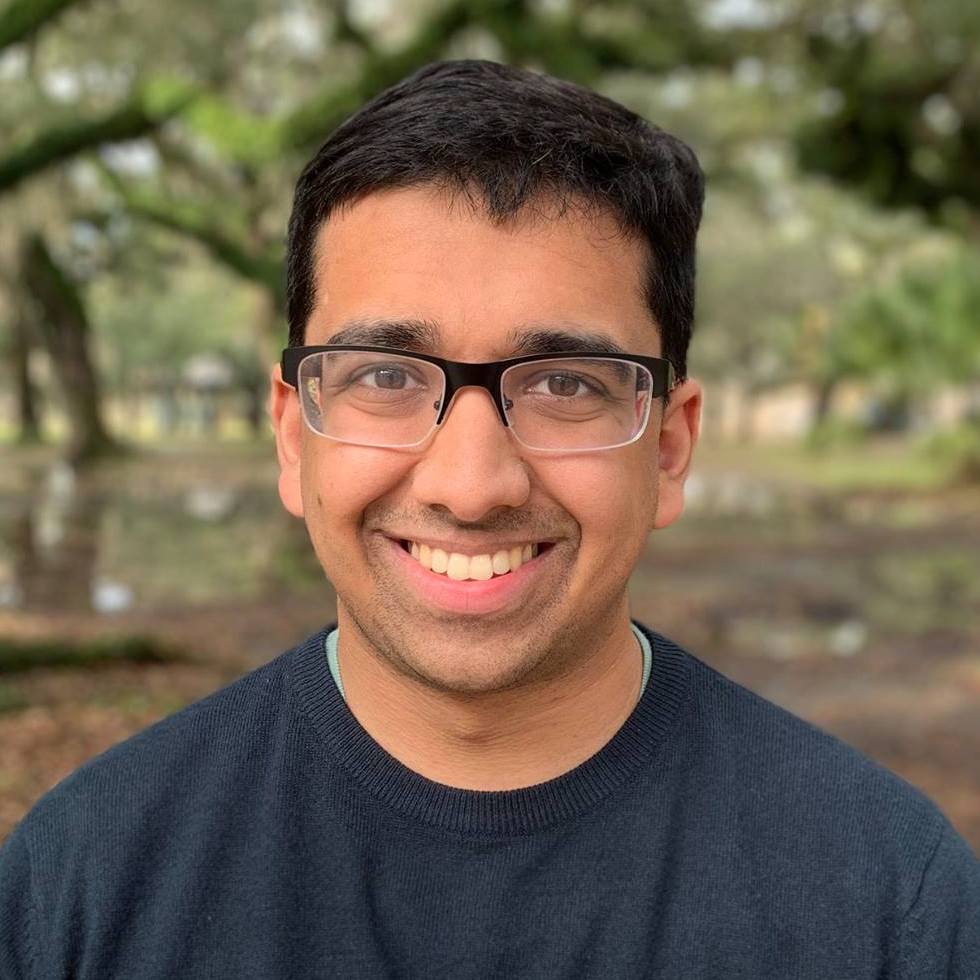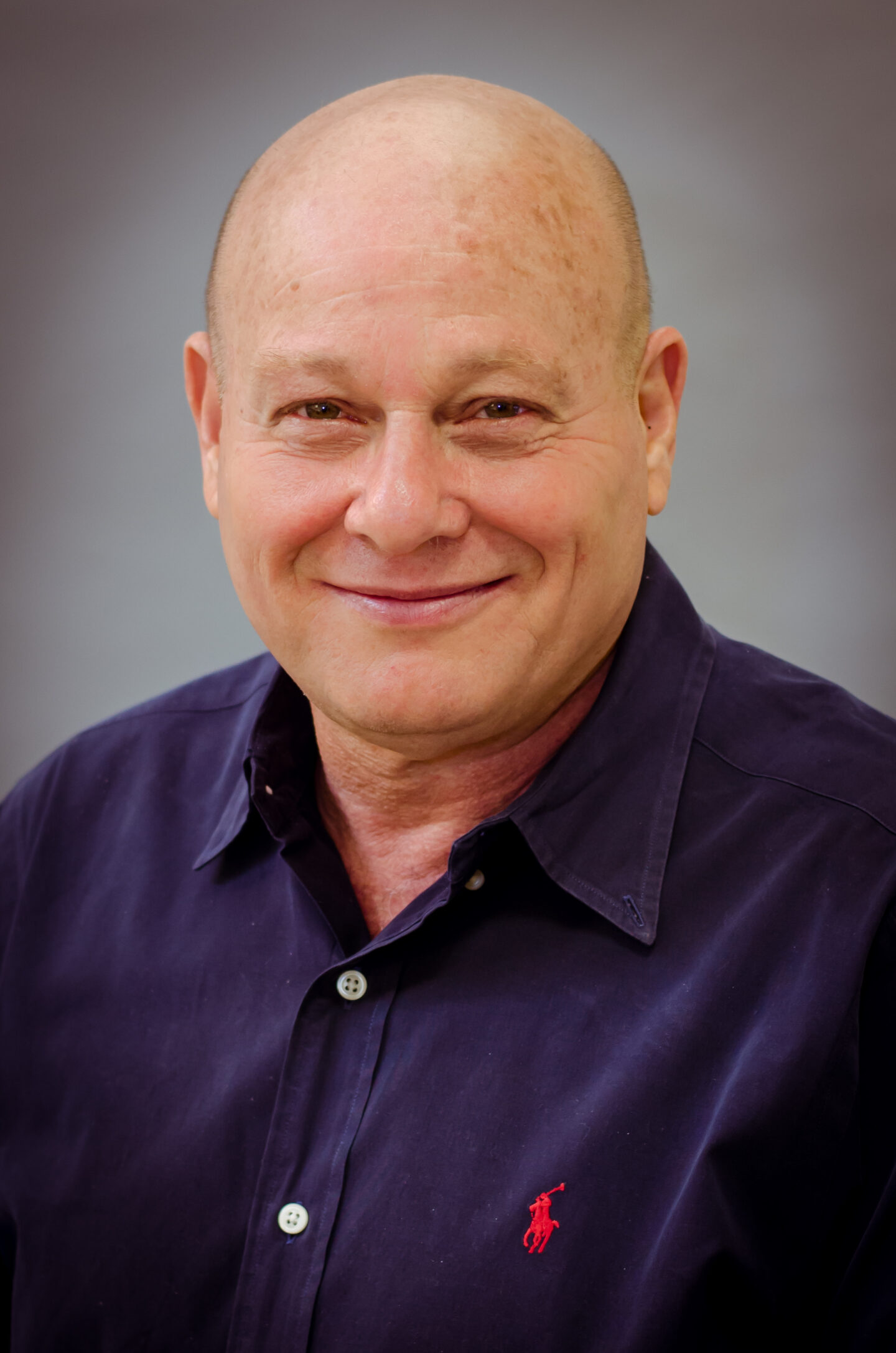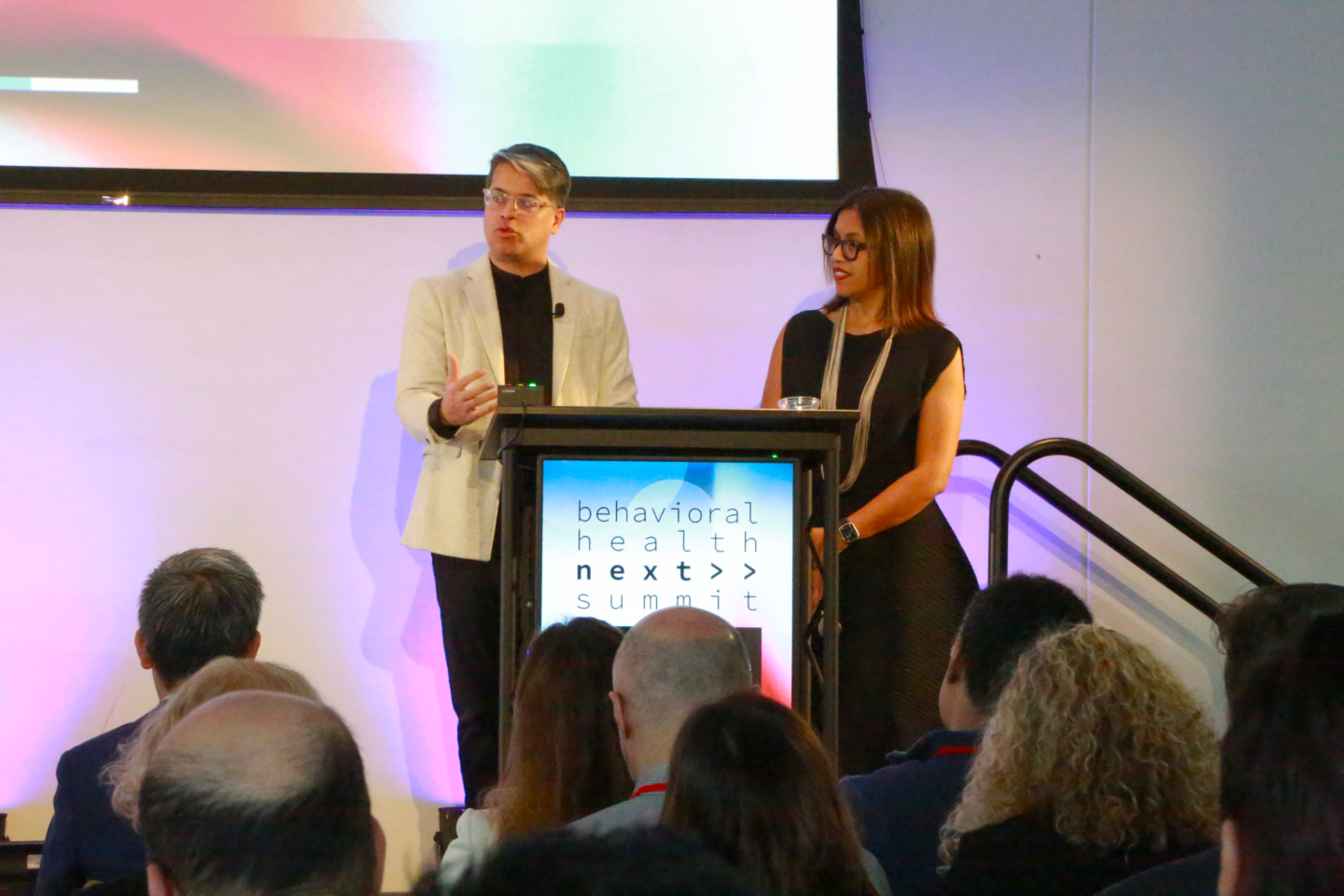Guiding the Blind with Touch-Responsive Maps
Categories

Exactly what is “universal access,” and how does it fundamentally change one’s approach to design?
Steve Landau, a pioneer in the field of accessible design, has been thinking about this problem for nearly two decades.
The founder and principal of Touch Graphics was invited to Cornell Tech to present his work on tactile design by Professor Shiri Azenkot, who leads the Enhancing Ability Lab at theJacobs Technion-Cornell Institute.
Unlike many of his peers, Landau did not begin his career in assistive technology, but rather trained as an architect. Back in 1997 he was drafted into creating a “talking map” for New York City’s Penn Station because he was particularly adept at using computer-aided design (CAD) software. This project ultimately changed the course of his life. With the support of Baruch College, he and a partner went on to develop and patent the Talking Tactile Tablet, an early computer peripheral that acted as a “viewer” for audio and tactile materials.
Two decades later, Landau is still making talking maps, but of a far more sophisticated and intuitive kind. To offer context into the field, Landau paid tribute to the pioneering work in assistive technologies done in the late 19th century at places like the Perkins School for the Blind (still operating in the Boston area today):
The More Things Change
Raised lines continue to be functional in delineating space to this very day, but for Landau they are now just one example of interface design for multisensory display techniques and audio-haptic interactivity, using materials that “together can explain spatial concepts visually, tactually, and auditorily.”
Landau’s most recent “talking map” is for a global technology company’s campus. The commission? Forty tactile maps that are both interactive and networked.
This commission also helped him articulate his design philosophy and approach to universal access: “We don’t want to make assistive technology specifically for a particular audience — including visually impaired people. We want to make universal products that are fully accessible and enjoyable to everyone.”
While much of this trailblazing innovation is making it possible for folks with sight impairment and other accessibility challenges to join the workforce (according to the 2010 census, only 41.1% of the disabled are employed), another aspect of his practice focuses on creating tactile and auditory experiences. Landau has worked closely with several dozen museums, including Boston’s Museum of Fine Arts, the Intrepid, and the National Air and Space Museum, to “activate” their museum collections.
For vision-challenged museumgoers, one core problem is that works of art are frequently kept under glass, and are therefore inaccessible. Touch Graphics has circumvented this issue by creating a process for crafting reproductions with responsive surfaces. In this video, which features a reproduction of a sculpture of the East Asian spiritual figure Guanyin from 1150 AD, audio describes the various parts and features of Guanyin depending on hand placement. From there, continued touch triggers a narrative of greater depth about the artwork.
Landau’s work for the San Diego Museum of Art, in fact, complements the research that is ongoing at Professor Azenkot’s lab. What initially sparked his interest in the lab was the “Tickers and Talkers” toolkit the researchers created, enabling users to add audio labels to 3D printed models. At the end of the talk, researchers and Landau discussed a few possible improvements to this exciting project.
What Landau confirms — with his tactile graphic sheets, talking maps, and touch-responsive art — is that technology can empower a population that has long been overlooked. According to the Bureau of Labor and Statistics, nearly 20% of the U.S. population — 57 million Americans — possesses some level of disability. Asked what the greatest technological advances for the disabled community have been, Landau is quick to cite GPS for the Blind and Uber. And, he quickly adds, Beacons. This technology provides ambient context by leveraging bluetooth low-energy (BLE) wireless signals to alert users when they’ve reached a destination, literally bridging the last mile.
Landau is clear-eyed about the challenges that lie ahead: “We’re at a threshold. Demographics are changing, the population is getting older — with diminished capability in visual acuity. Much of the blindness will be concentrated in the elderly — doubling over the next twenty years. We need to explore how to make life more manageable and independent.”
Through Steve Landau, Professor Azenkot’s students discovered that the research space that they are working in is just beginning to take off, and that they have a willing mentor and partner. What Landau’s solutions seem to offer is the one thing that the community wants above all else: Independence.
Media Highlights
Tech Policy Press
Content Moderation, Encryption, and the LawRELATED STORIES





